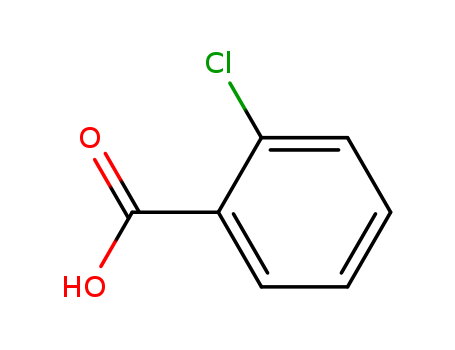10.1016/j.ejmech.2020.112743
The research focuses on the rational design of multitarget-directed ligands (MTDLs) for the treatment of Alzheimer's disease, focusing on xanthone derivatives as potential candidates. The study involves the design and synthesis of xanthone derivatives based on a pharmacophore model for histamine H3 receptor (H3R) antagonists/inverse agonists, followed by virtual docking for acetylcholinesterase enzyme. A series of 23 compounds were synthesized and evaluated in vitro for human H3R affinity and inhibitory activity on cholinesterases, as well as monoamine oxidases (MAO) A and B. The most promising compounds, 23 and 25, were further subjected to in vivo studies for memory-enhancing and analgesic effects. The experiments included radioligand binding assays for H3R affinity, spectrophotometric methods for cholinesterase inhibition, fluorometric methods for MAO inhibition, and molecular docking studies to understand the mode of interactions with biological targets. In vivo studies involved the use of animal models to assess the compounds' effects on memory and pain. Reactants used in the synthesis of xanthone derivatives included 2-chlorobenzoic acid, 4-methoxyphenol, and various amines, while analyses involved techniques such as NMR, IR, LC-MS, and elemental analysis to characterize the compounds.



 Xi
Xi
 Xi:Irritant;
Xi:Irritant;

